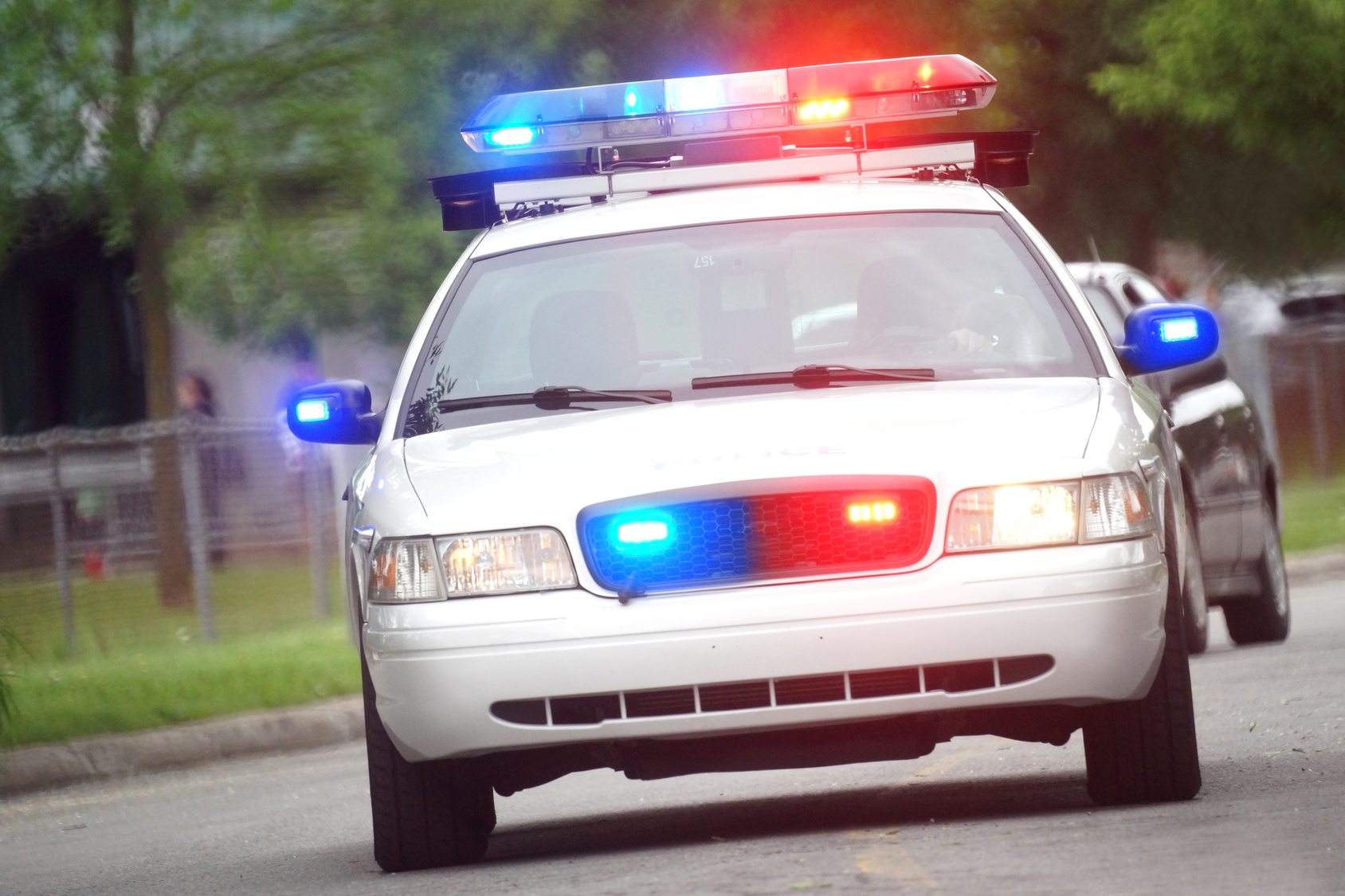The Battlefords RCMP are reminding citizens to keep doing their part to make communities safe.
Recently, there has been growing concern that road users are failing to obey laws with regards to emergency vehicles.
In Saskatchewan, all emergency vehicles have the right of way when the vehicles’ emergency equipment is in use, including displaying flashing lights or sounding the sirens. Emergency vehicles encompass fire engines, police cars, and ambulances.
Battlefords RCMP have supplied a few tips in keeping with the laws and maintaining safe and clear roadways for emergency personnel:
- When an emergency vehicle is approaching with its lights flashing and/or sirens on, motorists in its path must immediately pull over to the righthand shoulder of the road. Blinker, then proceed to drive as closely as possible to the right edge of the roadway, and stop. Do not enter the next intersection until the emergency vehicle has passed. The only exception is if a peace officer gives you other directions. On one-way streets, it is acceptable to pull over to the right or left, whichever is the nearest curb to you.
- If an emergency vehicle is approach when you are at an intersection, you must stop and let the emergency vehicle through the intersection, unless given other directions by a peace officer. Even if the emergency vehicle has not engaged its sirens but its lights are flashing, drivers should extend the same courtesy as previously mentioned.
- In the event an emergency vehicle is pulled over and stopped on the side of the highway with its lights flashing, motorists must slow down to no more than 60 kilometers per hour when passing, which is required by law. When an emergency vehicle is stopped on the highway with its emergency lights in operation, you must slow down to 60 km/h when passing it. This, however, does not apply to vehicles travelling in the opposite direction, for divided highways.
- Never attempt to follow an emergency vehicle going to, or coming from, an emergency.
If convicted for failing to yield or pull over to the right and stop when an emergency vehicle is passing, a driver can face a fine of $125. If convicted for passing a stopped emergency vehicle going over 60 km/h, a driver faces fines starting at $140, with a per kilometer rate assessed for each kilometer in excess of the speed limit, and three demerit points will also be assigned to the driver.
You may help save a life just by following the above mentioned rules of the road, allowing emergency services to reach their destinations safely and in a timely manner.




